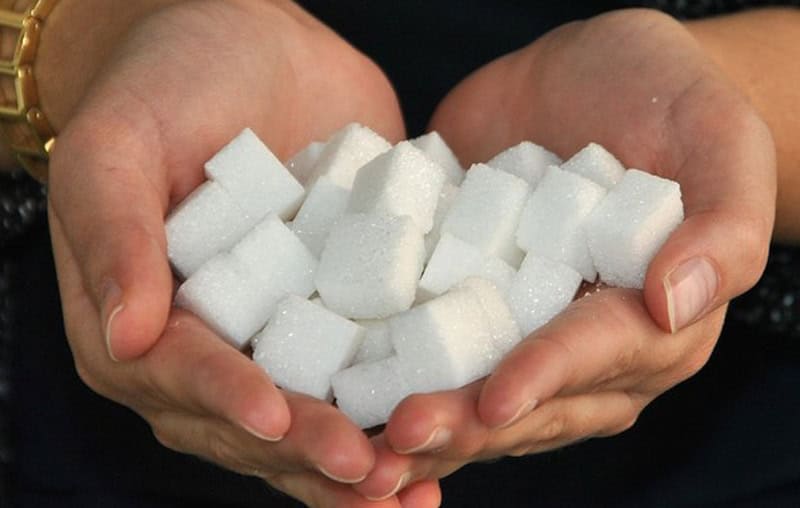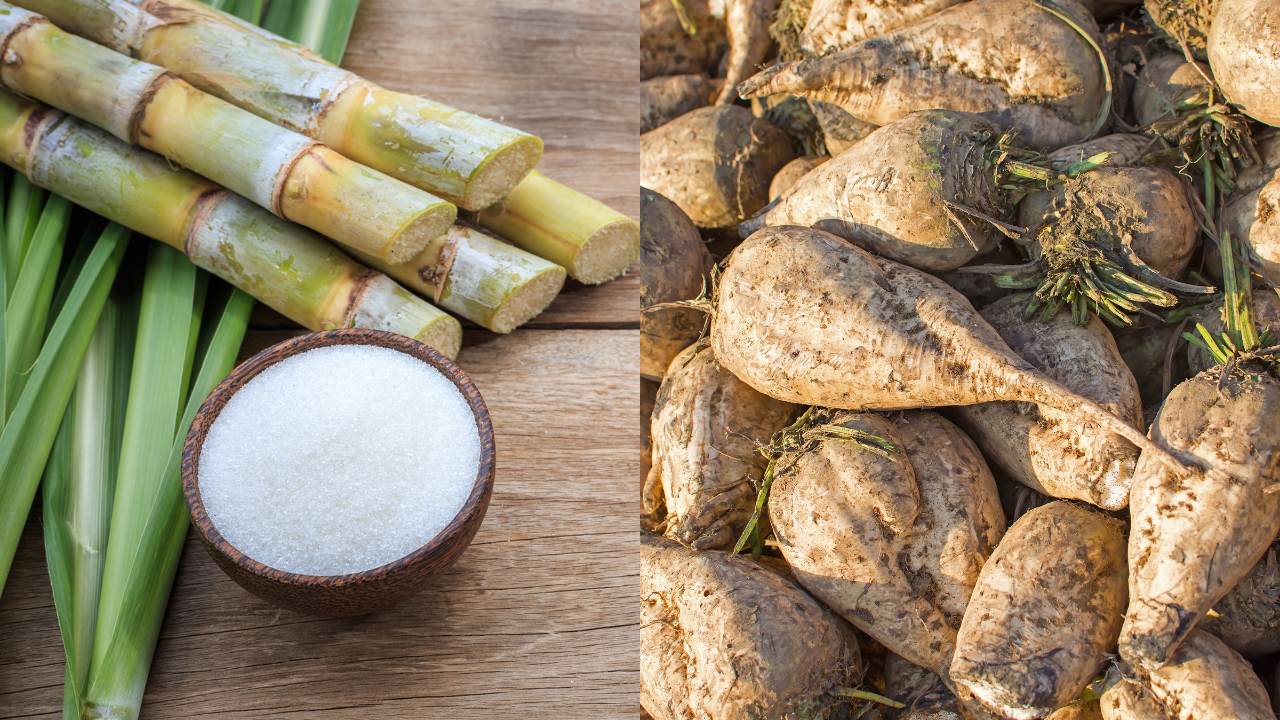When considering beet sugar vs cane sugar, some prefer one for cooking while others favor the alternative.
Exploring the Distinctions in operation and Benefits In Between Beet Sugar Vs Cane Sugar
In the culinary world, the choice in between beet sugar and cane sugar is not just regarding sweet taste yet involves a nuanced factor to consider of flavor, application, and impact. While both sugars come from various plants, each undergoes distinct manufacturing procedures that discreetly influence their attributes and suitability for different recipes. As chefs and consumers increasingly focus on both the ecological and flavor accounts of their components, comprehending these distinctions becomes essential. This exploration provides understanding into how each sugar type can best improve cooking developments.
Origins and Production Processes of Beet and Cane Sugar

Walking cane sugar, on the various other hand, originates from the sugarcane plant, a tropical grass belonging to Southeast Asia today cultivated in exotic zones worldwide. The manufacturing of cane sugar begins with the harvesting of cane stalks, which are squashed to release the juice. This juice is after that steamed to concentrate it, after which it is rotated in centrifuges to produce raw sugar crystals. These crystals are further improved to generate the white sugar typically offered in shops.

Nutritional Material and Wellness Considerations

When contrasting the nutritional web content of beet sugar and cane sugar, it ends up being evident that both types basically offer the very same caloric worths, with about 16 calories per teaspoon and no substantial nutrient diversity. Both sugars, when eaten in excess, can contribute to elevated blood glucose levels, a danger variable for diabetes and various other metabolic problems. From a health and wellness perspective, regulating consumption of any kind of sugar, whether from beet or cane, is suggested to prevent these potential adverse impacts on health.
Flavor Accounts and Culinary Applications
Regardless of their comparable chemical structures, beet sugar and cane original site sugar differ subtly in flavor, which can affect their usage in various culinary contexts. Walking cane sugar commonly lugs a tip of molasses, even in its refined form, providing a warm, caramel-like touch that boosts baked items, coffee, and chocolate-based dishes. On the various other hand, beet sugar is characterized by its very refined, neutral taste, making it a flexible sweetener that does not change the flavor profiles of meals.
Ecological Effect and Sustainability
While both beet and cane sugars are acquired from plants, their environmental influences vary dramatically due to the distinct techniques of farming and processing needed for each. Sugar beet growing typically entails substantial mechanization, which can increase fossil fuel consumption and carbon emissions.
Additionally, the handling of sugarcane commonly produces a significant amount of waste, including bagasse, which, although useful as biofuel, often adds to air contamination if melted inefficiently. Sugar beet handling uses more of the raw products, causing less waste. Both markets deal with obstacles in lowering their environmental impacts, however recurring innovations in farming techniques and waste monitoring are intending to you can try here improve sustainability.
Economic Aspects Influencing the Sugar Sector
The economic dynamics of the sugar market are considerably affected by global market demands and trade policies. Aspects such as tolls, subsidies, and international trade contracts play crucial roles fit the affordable landscape. As an example, in areas where sugarcane or sugar beet manufacturing is subsidized, producers may have a financial advantage that enables them to use reduced rates on the international market. This can create disparities in success and market gain access to for producers in countries without such subsidies.
Additionally, changes in international demand for sugar, influenced by nutritional fads and commercial use in food products, straight influence rates and production levels. beet sugar vs cane sugar. Climate problems additionally play a crucial function, as they can substantially affect plant returns and, as a result, the supply chain. This variability presents a degree of economic unpredictability that can lead to investment volatility in sugar manufacturing markets, influencing choices from planting to market click to find out more technique
Conclusion
In verdict, both beet and cane sugar have distinct qualities that fit different culinary demands. While cane sugar conveys a rich taste perfect for improving baked products, beet sugar's neutrality is best for lighter recipes.